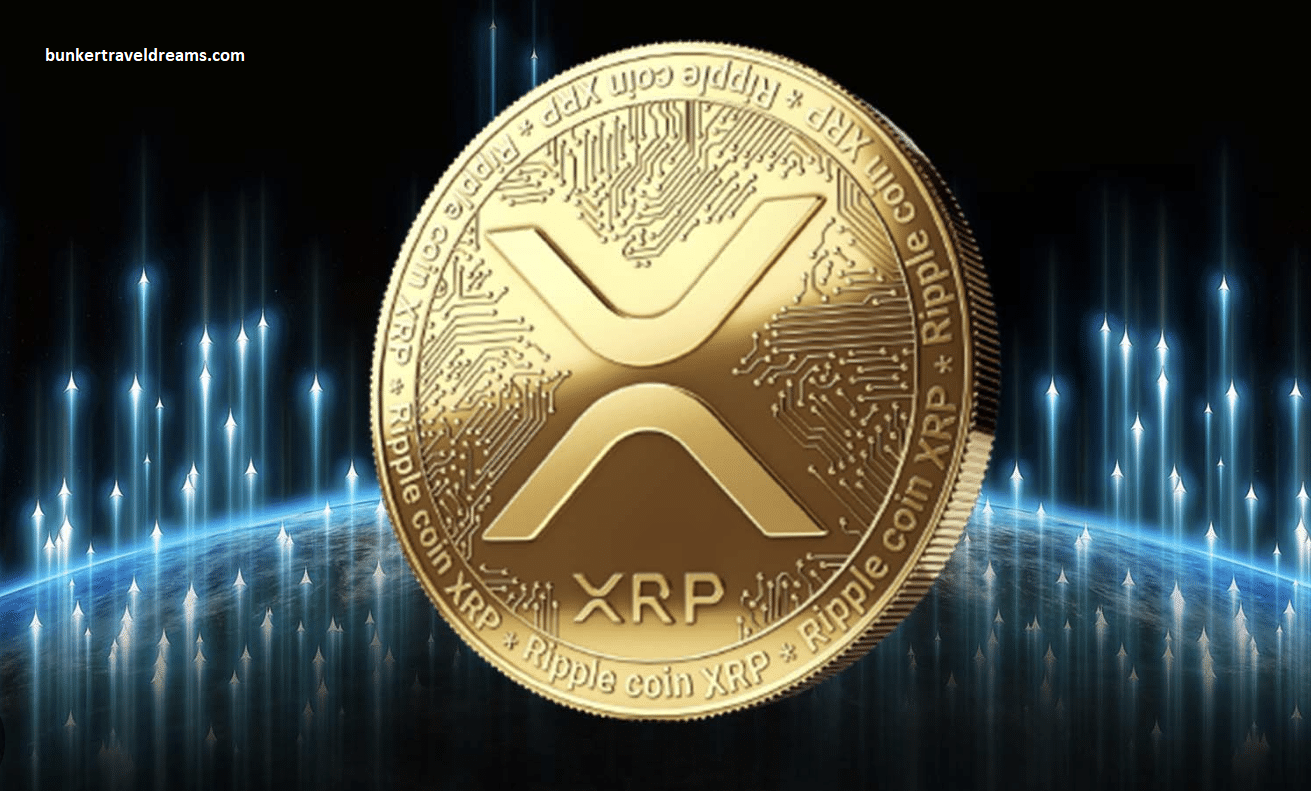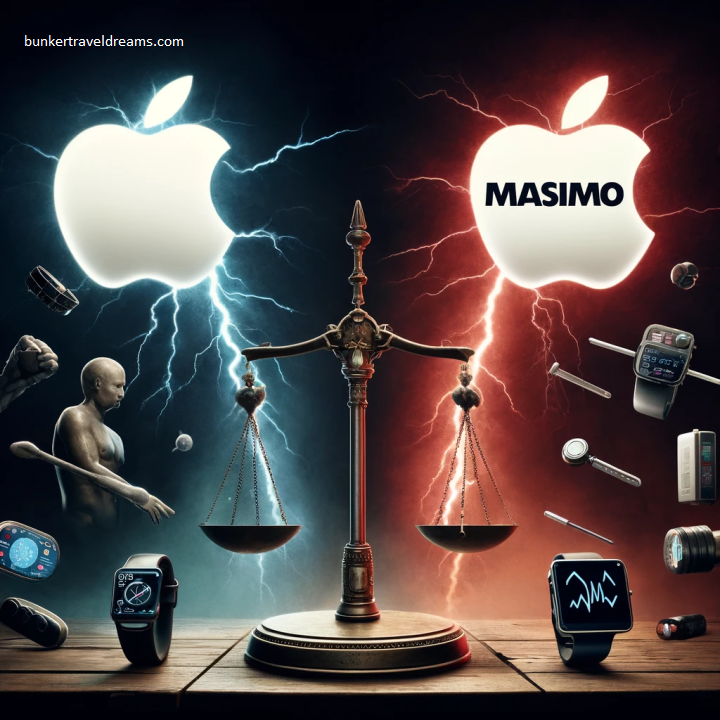Introduction
XRP Price is making headlines as it surges to new highs, sparking excitement among investors.In the realm of cryptocurrencies and blockchain technology, XRP, the digital currency linked to Ripple, has attracted a lot of interest. In contrast to other well-known cryptocurrencies (XRP Price) like Bitcoin or Ethereum, XRP was created especially for quick and inexpensive international transactions. Its price has changed over time, drawing in both speculators and investors. You can better negotiate the intricacies of this digital asset by being aware of the elements that affect XRP’s price. The history of XRP, its operation, its main benefits, and a detailed examination of the elements influencing its price in the current market will all be covered in this article.
What is the concept of an XRP coin?
A new public blockchain and smart contract platform designed for both consumer applications and peer-to-peer payments.
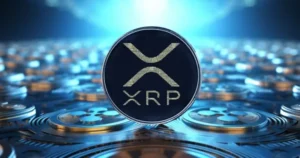
Understanding XRP: How Ripple’s Cryptocurrency Works
Ripple Labs developed XRP, a digital currency intended to speed up and lower the cost of cross-border transactions. XRP is not mined, in contrast to more conventional cryptocurrencies like Bitcoin. In order to ensure quicker processing times, it instead uses a consensus approach among validating servers that verify transactions.By providing an alternative to banks’ costly and time-consuming international money transfer procedures, Ripple aims to simplify the global financial system. By serving as a bridge currency, XRP makes it possible to trade various fiat currencies quickly and securely. Financial institutions can speed up settlement times and lower transaction fees by utilizing XRP.Because of its decentralized architecture and quick transaction speed, XRP is a preferred option for banks and payment processors.
The Advantages of XRP: Why It’s More Than Just a Cryptocurrency
Fast Transaction Speeds
The speed of transactions is among XRP’s most noteworthy benefits. XRP transactions are completed in three to five seconds, as opposed to several minutes (or more) for Bitcoin transactions. Because of its quick processing, XRP is a great option for companies and financial institutions that need quick settlement timeframes, particularly when making cross-border payments.
Low Transaction Costs
Transaction costs with XRP are incredibly low. With transaction fees usually only a fraction of a cent, XRP was created by Ripple Labs to enable low-cost payments. Compared to conventional banking systems and even many other cryptocurrencies, where transaction costs can be expensive, particularly during times of high network congestion, this is a significant benefit.
Scalability
The ledger of XRP is built to process a lot of transactions every second. Compared to Bitcoin and Ethereum, which normally handle less than 30 and 15 transactions per second, respectively, it is now significantly more scalable, processing over 1,500 transactions per second. Because of its scalability, XRP can be widely adopted, especially by banks and payment providers who must handle thousands of transactions every day.
Energy Efficiency
In contrast to Bitcoin, which depends on energy-intensive mining procedures, XRP verifies transactions using a consensus method. Since this approach does not require a lot of processing power to maintain the network, it is significantly more energy-efficient. In a world where concerns over blockchain technology’s energy consumption are growing, XRP’s lessened environmental impact has been a huge benefit.
Decentralization with Control
Although XRP is decentralized, it does not rely on the same energy-intensive procedures as Bitcoin since it uses a special consensus algorithm instead of conventional proof-of-work mining. With the help of a group of impartial validators who agree on transaction outcomes, Ripple’s consensus mechanism keeps the network safe and open without requiring mining. Although some detractors contend that Ripple Labs controls a certain amount of the network, the consensus method keeps transaction times faster while reducing centralization.
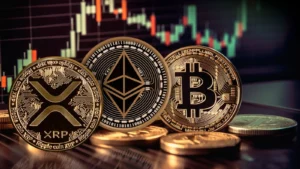
XRP vs Bitcoin: Key Differences and Advantages
Bitcoin and XRP (XRP Price) are both digital currencies, but their basic objectives, use cases, and designs differ greatly. Every cryptocurrency is different because of these factors, and anyone wishing to invest in or learn more about these assets must be aware of these peculiarities. Here is a thorough analysis of the main distinctions and benefits between XRP and Bitcoin.
Purpose and Use Cases
XRP: XRP was developed with the specific goal of enabling quick and inexpensive cross-border payments. XRP was created by Ripple, the firm that created it, to assist banks and other financial institutions in processing international money transfers in an efficient manner. XRP (XRP Price) Price is frequently referred to as a “bridge currency” since it facilitates transactions between various fiat currencies, which makes it a perfect tool for international payments, remittances, and financial institutions looking for quicker, less expensive settlement options.Bitcoin: In contrast, Bitcoin was created as a decentralized digital currency that can be used for peer-to-peer transactions without the involvement of middlemen like banks.
Transaction Speed
XRP (XRP Price) : Transaction speed is one of XRP’s (XRP Price) best qualities. In roughly three to five seconds, XRP transactions are resolved. For financial firms that need to swiftly transfer substantial sums of money across borders, this makes it extremely effective. Real-time transfers and speedy settlements are made possible by the XRP ledger’s significantly faster transaction processing than Bitcoin.Bitcoin: On the other hand, transactions involving Bitcoin may take a few minutes to complete, particularly when the network is busy. The main cause of this delay is the Proof of Work (PoW) consensus technique used by Bitcoin, which necessitates transaction validation and confirmation by miners. Consequently, the transaction speed of Bitcoin is slower than that of XRP.
Transaction Costs
XRP: Transaction fees for XRP transactions usually barely amount to a fraction of a cent, making them extremely economical. Because of this, XRP is a very alluring choice for companies, financial institutions, and private citizens wishing to lower the cost of moving money abroad.
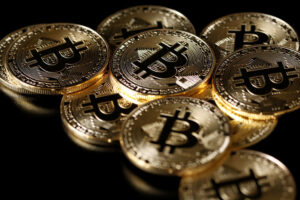
XRP Price Prediction: What to Expect in the Coming Years
A number of factors, such as market trends, regulatory changes, and the expansion of Ripple’s alliances with financial institutions, affect the price of XRP(XRP Price). As the larger cryptocurrency market swings, XRP can also see short-term volatility. However, XRP(XRP Price) might experience slow, long-term growth if Ripple keeps forming strategic alliances and gaining traction in the international payments industry.Its future price may potentially be significantly influenced by the current legal dispute with the SEC. The market’s confidence in XRP may be significantly increased if Ripple prevails in the litigation, which might result in price hikes. On the other hand, regulatory obstacles can result in downward pressure.
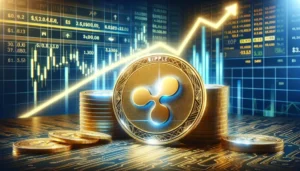
Is XRP a Good Investment? Analyzing the Potential for Growth
All things considered, XRP’s price is probably going to fluctuate over the next few years, but its potential application as a worldwide payment method might make it a serious candidate for sustained growth in the cryptocurrency market.
The investment (XRP Price) is risky, though, especially given its continuing legal dispute with the SEC, which may have an impact on its pricing and regulatory status. Furthermore, other cryptocurrencies and blockchain solutions compete with XRP despite its benefits in speed and transaction cost.
All things considered, XRP (XRP Price) might be a solid long-term investment for people who think blockchain technology and digital payments will continue to advance, but before making a commitment, investors should carefully weigh its market volatility and legal issues.
Conclusion
Because of its distinct use case as a quick and affordable way to make cross-border payments, XRP stands out in the cryptocurrency (XRP Price) market. It has a great deal of long-term growth potential due to its solid institutional support and expanding financial services usage. XRP Price Nevertheless, persistent regulatory obstacles, especially the legal disagreement with the SEC, put investors at risk and caused uncertainty. Even though XRP is a desirable investment due to its speed, cheap costs, and scalability, it is important to keep up with market and regulatory developments. XRP may be a viable addition to a diverse investment portfolio for individuals prepared to handle its volatility and legal complications.
FAQs
What is the idea behind XRP?
designed to enhance global financial transfers and the exchange of several currencies
How much did XRP cost in 2017?
One XRP token on January 2, 2017 was $0.006396.
Could the XRP price reach $20?
XRP could reach an intermediate target of $5 and a long-term peak at $20.
